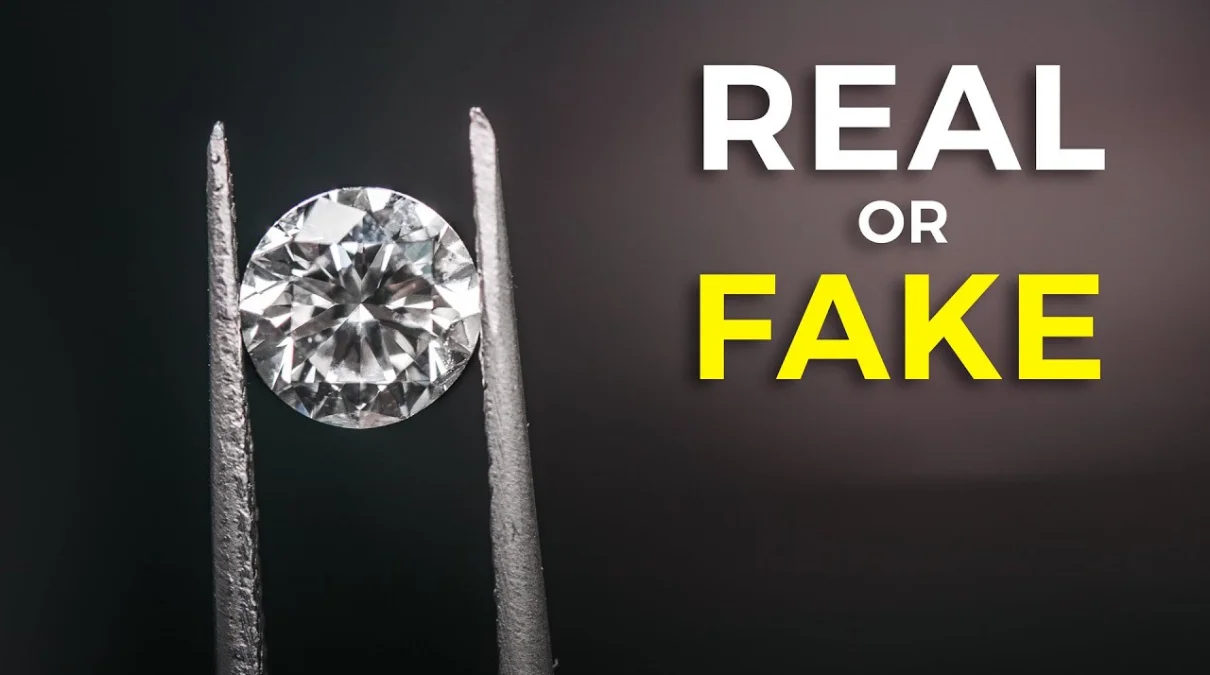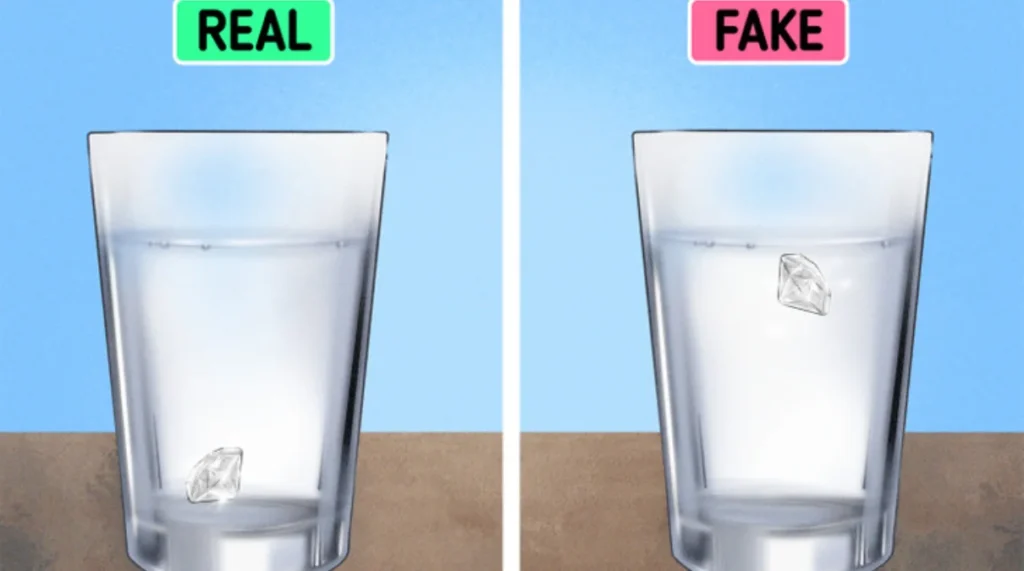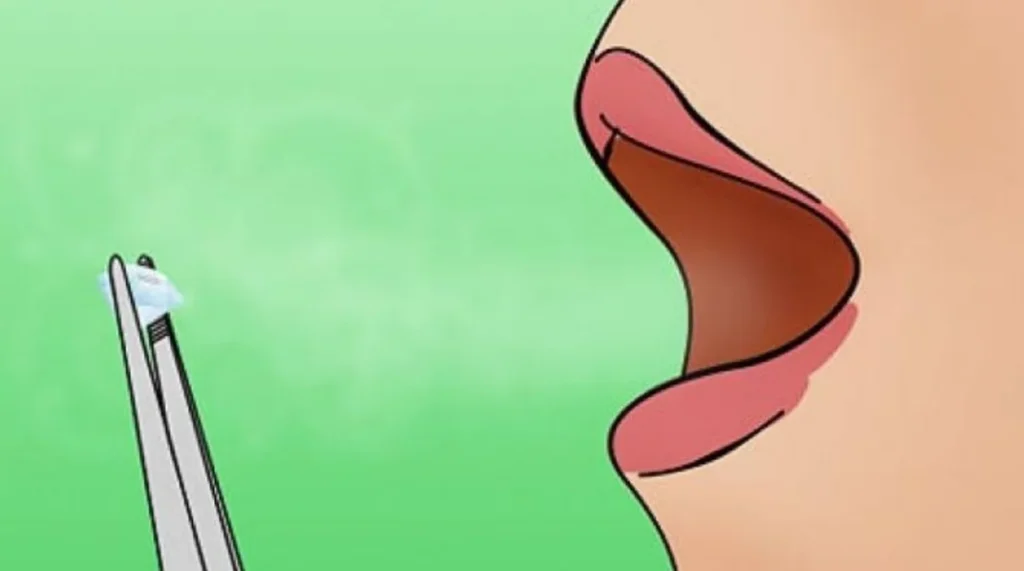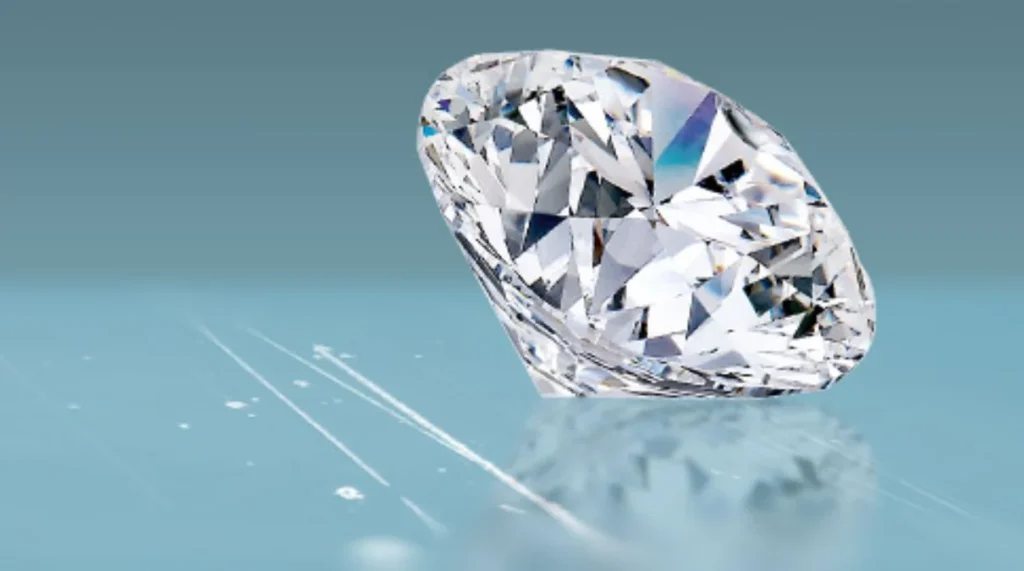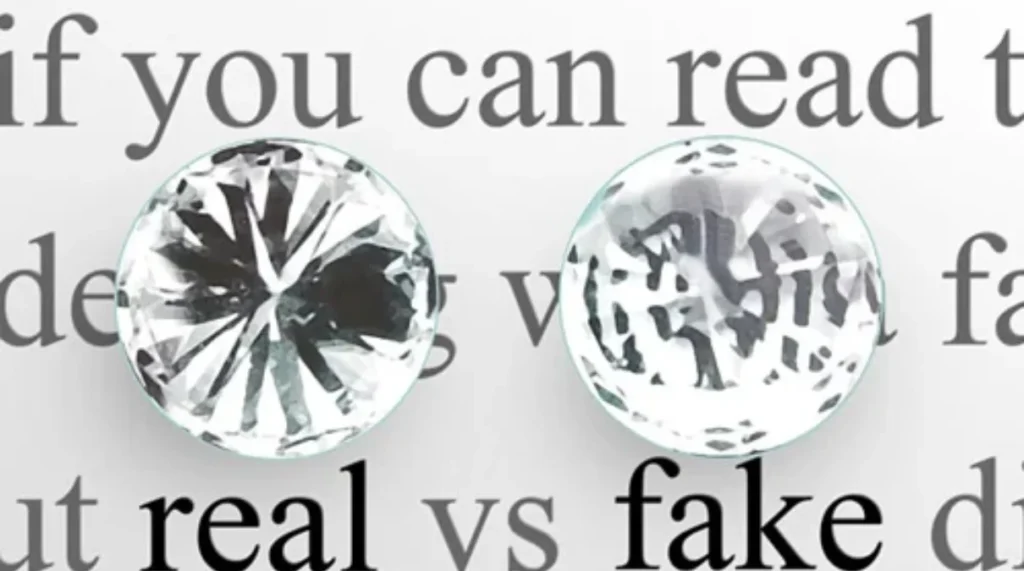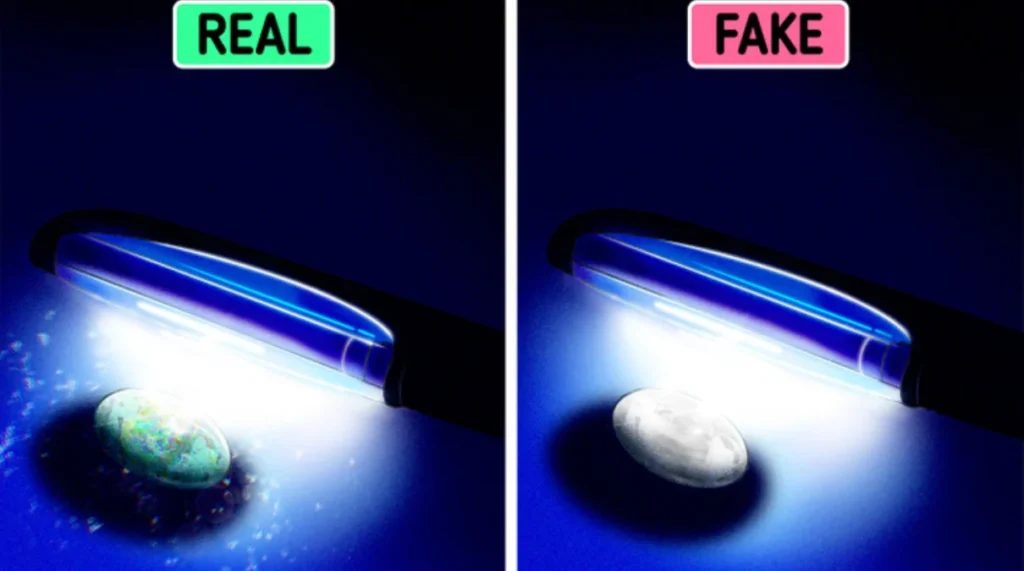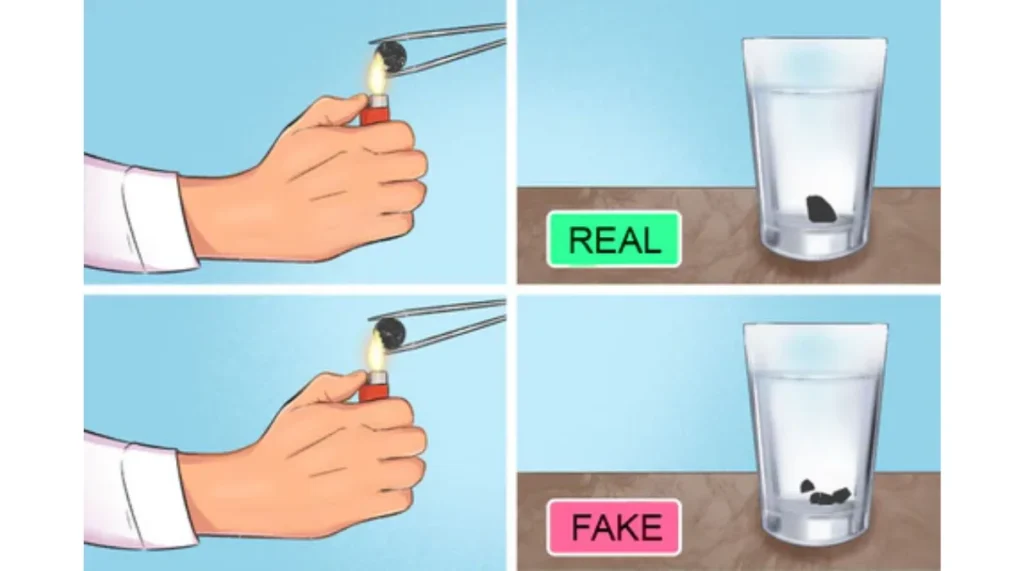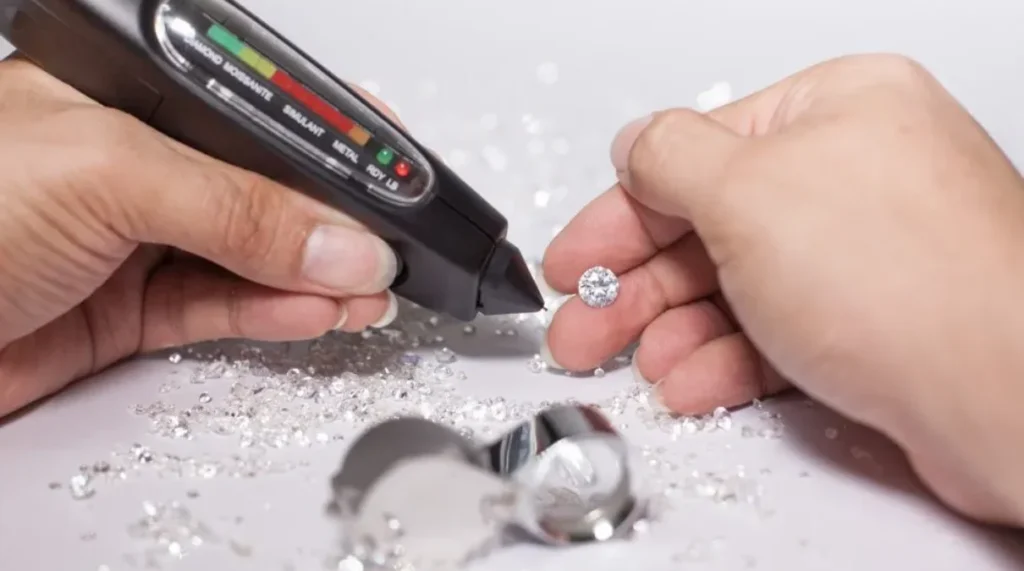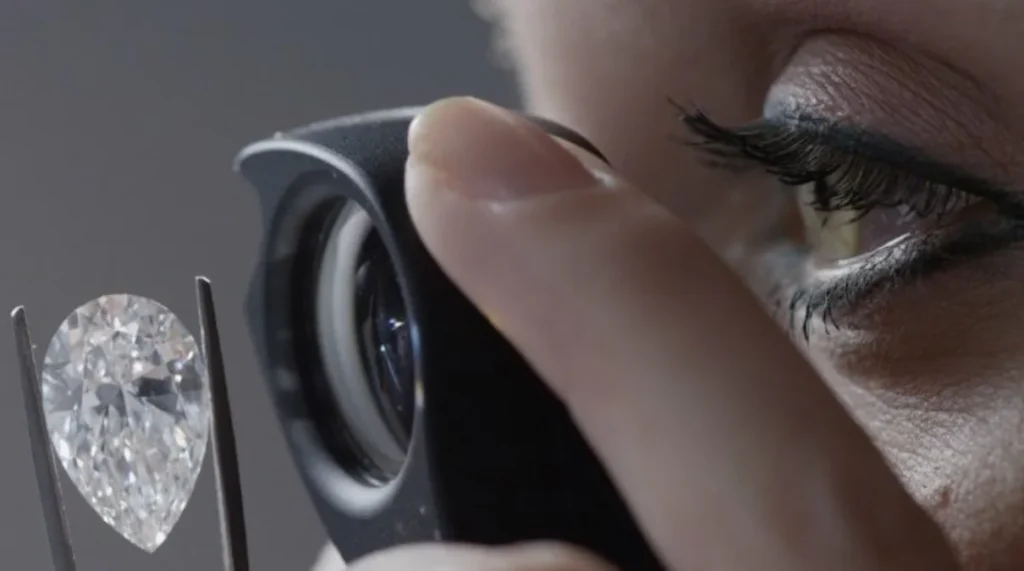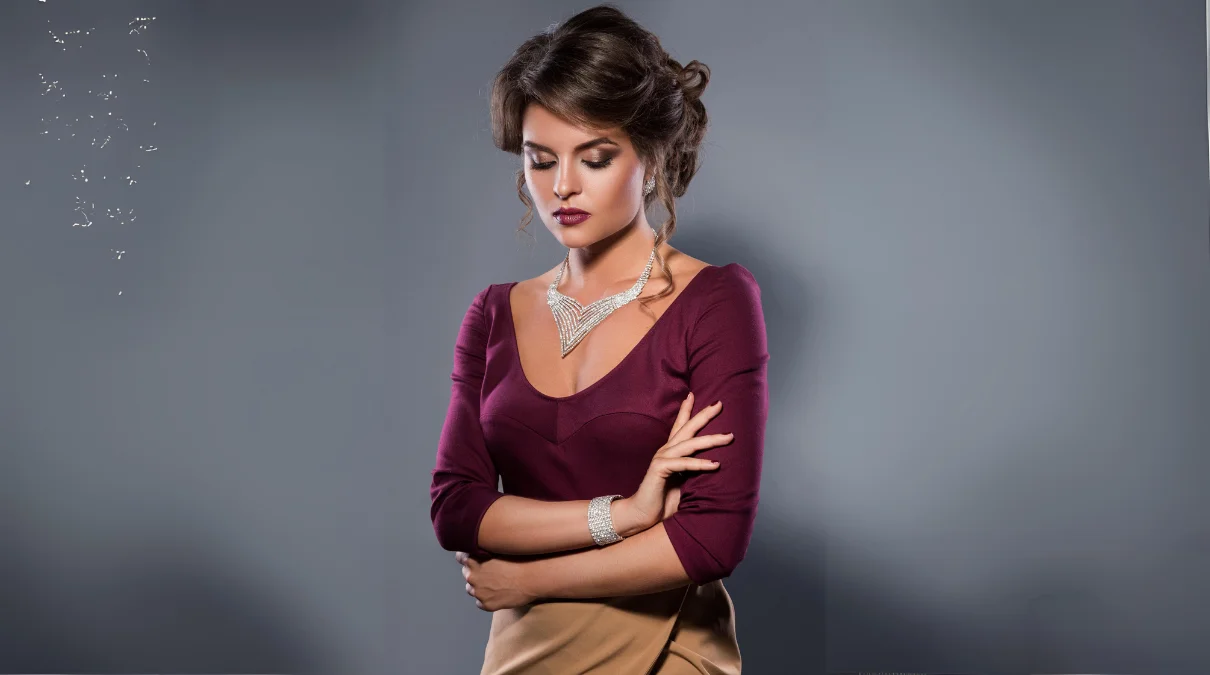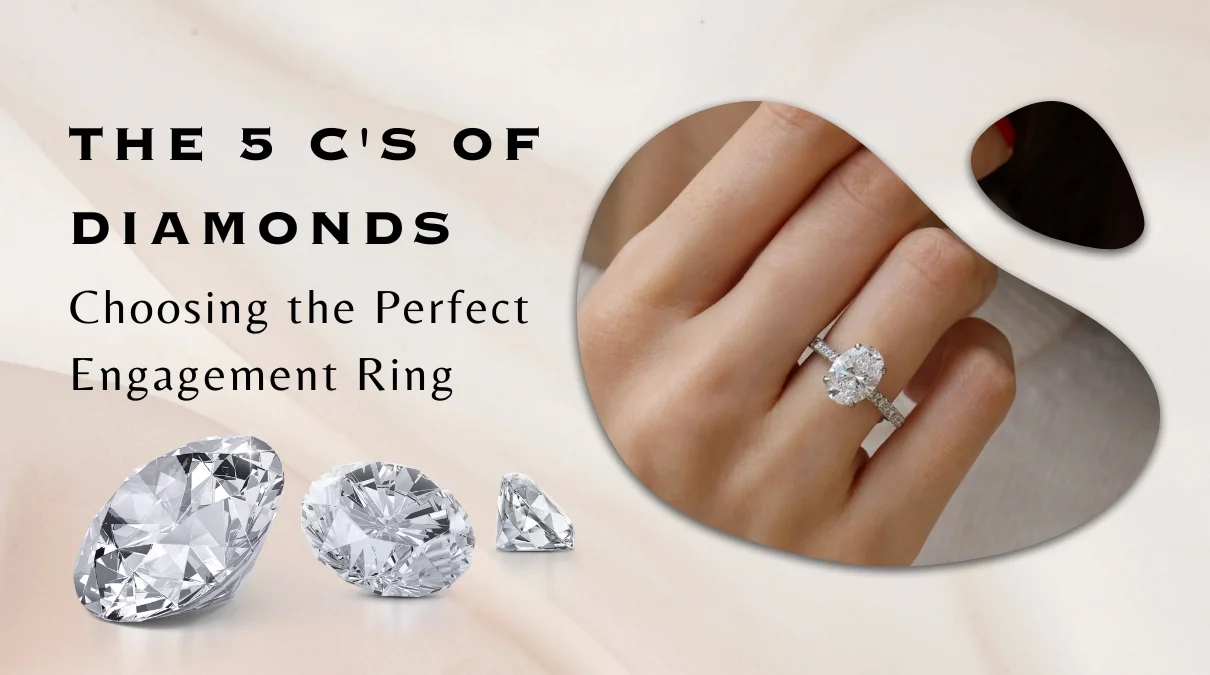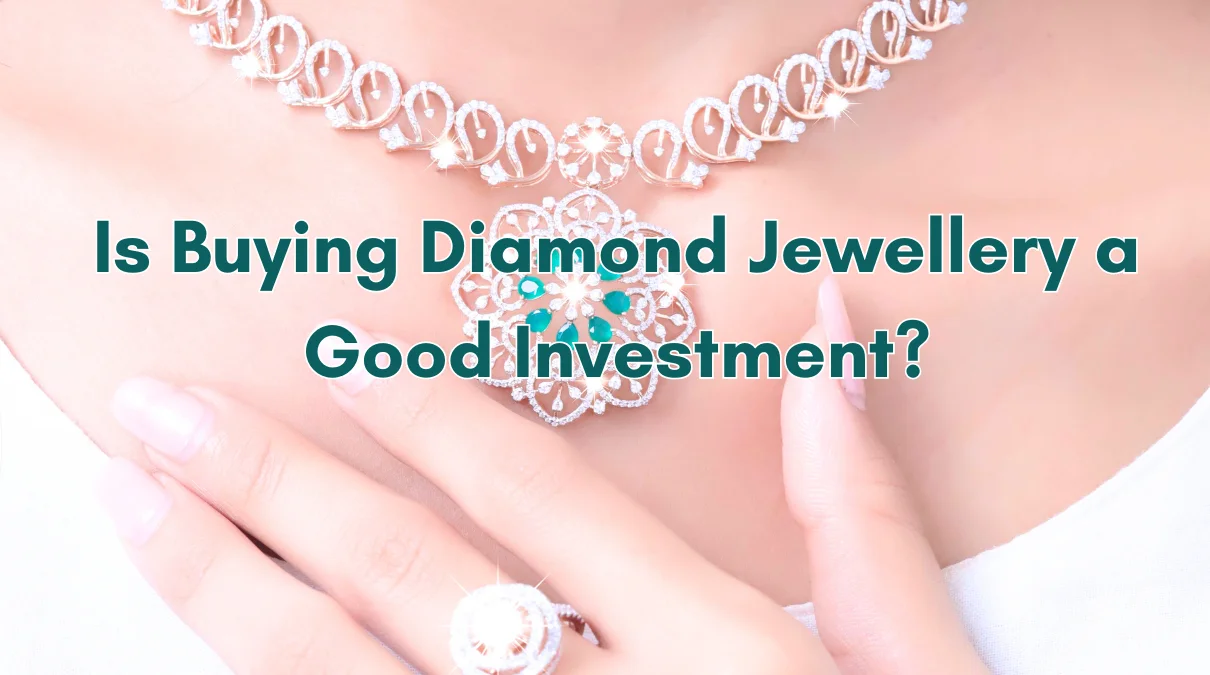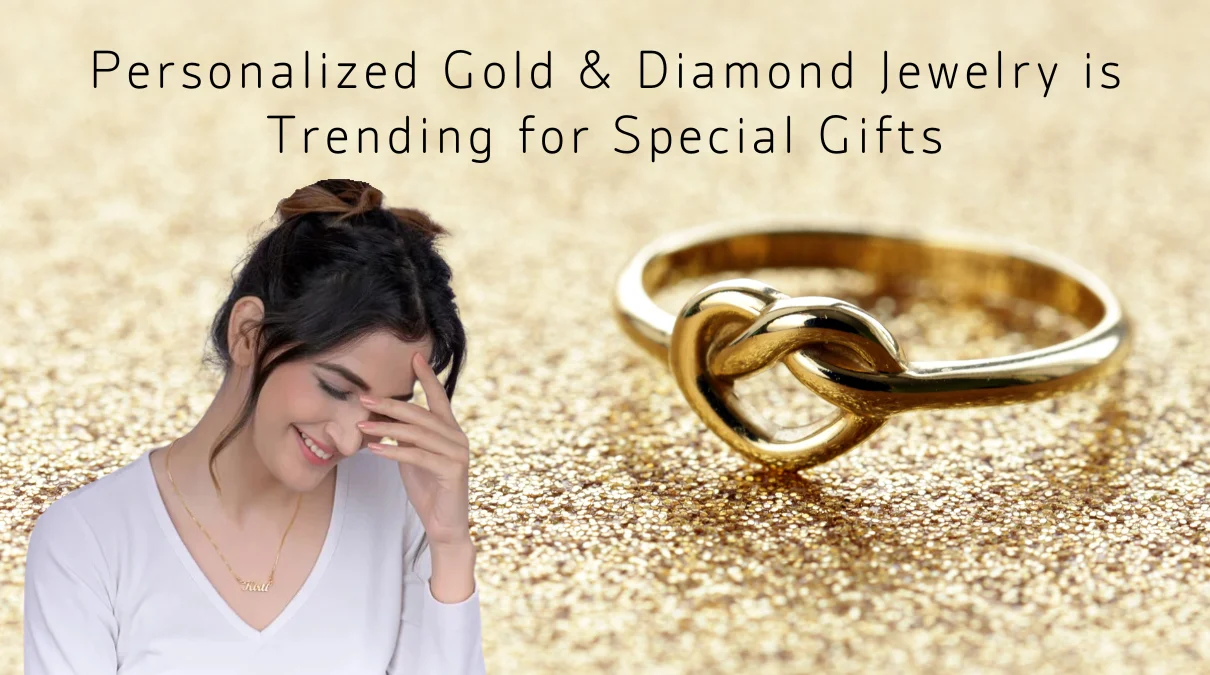How to Tell if a Diamond is Real or Fake- Real Guide
Determining whether a diamond is real or fake is crucial, especially when investing in one. The allure of diamonds has led to the creation of many imitations that closely mimic their appearance, making it challenging to distinguish between genuine diamonds and fakes. This guide will explore various methods to help you identify a real diamond, understand the common imitations, and make informed decisions.
Understanding Diamond Properties
Real diamonds possess unique physical and chemical properties that set them apart from imitations. Diamonds are composed of carbon atoms arranged in a crystal lattice structure, giving them exceptional hardness and brilliance. They rank 10 on the Mohs scale of hardness, making them the hardest natural substance on Earth. Their refractive index (RI) also contributes to their distinctive sparkle, as they bend light differently than other materials.
Common Diamond Simulants
Several materials are commonly used to simulate diamonds, including cubic zirconia, moissanite, white sapphire, and glass. Each has distinct properties that can help in identifying them:
- Cubic Zirconia (CZ): A popular diamond substitute, CZ is often colorless but lacks the brilliance of a diamond.
- Moissanite: Often mistaken for a diamond due to its hardness and brilliance, moissanite has a higher RI and tends to display a rainbow-like effect under light.
- White Sapphire: While it can resemble a diamond, white sapphire lacks the sparkle and brilliance of a real diamond.
- Glass Imitations: Glass is a much softer and less brilliant material, often used in costume jewelry.
The Water Test
The water test is a simple and effective way to determine if a diamond is real. Here’s how to do it:
- Fill a glass with water.
- Drop the diamond into the glass.
- Observe the diamond’s behaviour.
Real diamonds will sink to the bottom due to their high density, while many fakes, like glass or plastic, will float or sink slowly.
The Fog Test
The fog test is another easy method to check a diamond’s authenticity. Follow these steps:
- Hold the diamond close to your mouth and breathe on it to create a thin layer of fog.
- Observe how quickly the fog dissipates.
Real diamonds disperse heat rapidly, causing the fog to clear almost instantly. In contrast, fake diamonds, like cubic zirconia, retain the fog for longer due to their lower thermal conductivity.
The Scratch Test
The scratch test exploits the hardness of a diamond. While diamonds can scratch almost any material, they are unlikely to be scratched themselves. To perform this test:
- Use a tool or surface that could be scratched (like a piece of glass).
- Gently scratch the surface with the diamond.
While this test can confirm a diamond’s hardness, it is risky as it might damage the diamond or the surface you’re testing on. Also, many fakes can also be hard enough to scratch glass, so this test isn’t foolproof.
The Refractivity Test
Diamonds are renowned for their ability to refract light, creating a stunning sparkle. To test this property:
- Place the diamond flat side down on a newspaper or printed page.
- Look through the diamond from the top.
If you can read the text or see distorted letters through the stone, it is likely not a diamond. Real diamonds refract light in such a way that the text will not be visible or will appear significantly blurred.
The UV Light Test
Some diamonds fluoresce under ultraviolet (UV) light, glowing blue or other colors. To perform the UV test:
- Expose the diamond to UV light in a dark environment.
- Observe any fluorescence.
While many real diamonds will show some degree of fluorescence, this is not a definitive test as some diamonds do not fluoresce, and some fakes might mimic this effect.
The Heat Test
This test examines how well a diamond can withstand heat. To perform the heat test:
- Heat the diamond for about 30 seconds using a lighter or a small flame.
- Drop the heated diamond into cold water.
A real diamond will not react to the sudden temperature change due to its strong structure, while many fakes will crack or shatter.
The Conductivity Test
Diamonds conduct heat better than most simulants, which is why a thermal conductivity test is often used:
- Use a diamond tester (a tool specifically designed for this purpose).
- Place the probe on the diamond and observe the reading.
Real diamonds will show high thermal conductivity on the tester, while simulants like cubic zirconia will not.
The Magnification Test
Using a loupe or microscope can help identify a diamond’s authenticity by revealing its internal features:
- Inspect the diamond under magnification.
- Look for inclusions, flaws, and the sharpness of the edges.
Real diamonds often have natural imperfections or inclusions, unlike synthetic stones that tend to be flawless. The edges of a diamond are also usually sharp, while imitations often have rounded edges.
Comparing Diamonds with Simulants
When comparing diamonds with common stimulants, focus on:
- Brilliance: Diamonds have a unique sparkle that imitators struggle to replicate.
- Hardness: Diamonds are significantly harder than most simulants.
- Weight: Cubic zirconia, for example, is denser and heavier than diamonds of the same size.
Understanding these differences can help you distinguish a real diamond from a fake.
Professional Testing Methods
If in doubt, professional testing is the most reliable way to verify a diamond’s authenticity:
- Laser Inscription: Some diamonds come with a laser inscription on the girdle, which can be checked under magnification.
- X-ray Examination: X-rays can differentiate between diamonds and imitations based on their absorption levels.
- Laboratory Conductivity Testing: Advanced conductivity tests can accurately distinguish diamonds from fakes.
Consulting a Professional Jeweler
When unsure, consulting a professional jeweler is recommended:
- Expertise: Jewelers have the experience and tools to accurately assess diamond authenticity.
- Appraisal Costs: While there is usually a fee, a professional appraisal can provide peace of mind.
Conclusion and Final Tips
Determining whether a diamond is real or fake involves a combination of tests. While at-home tests like the water or fog test can give you an indication, professional evaluation is always the most reliable. Always buy diamonds from reputable sources and consider getting a certificate of authenticity.

